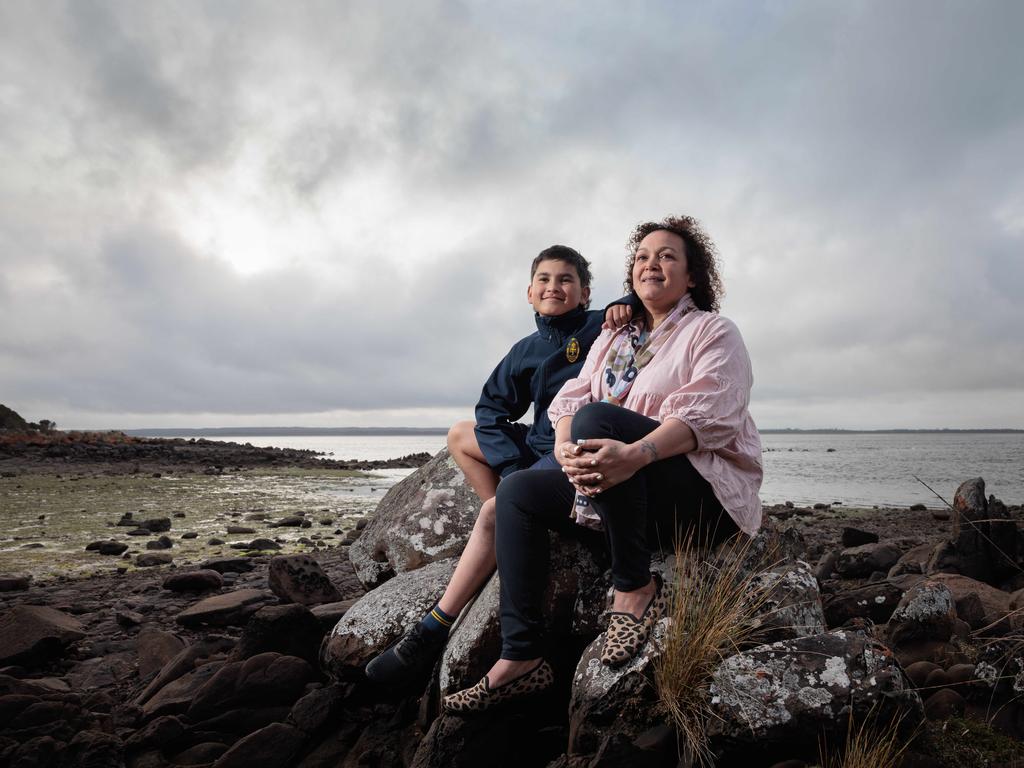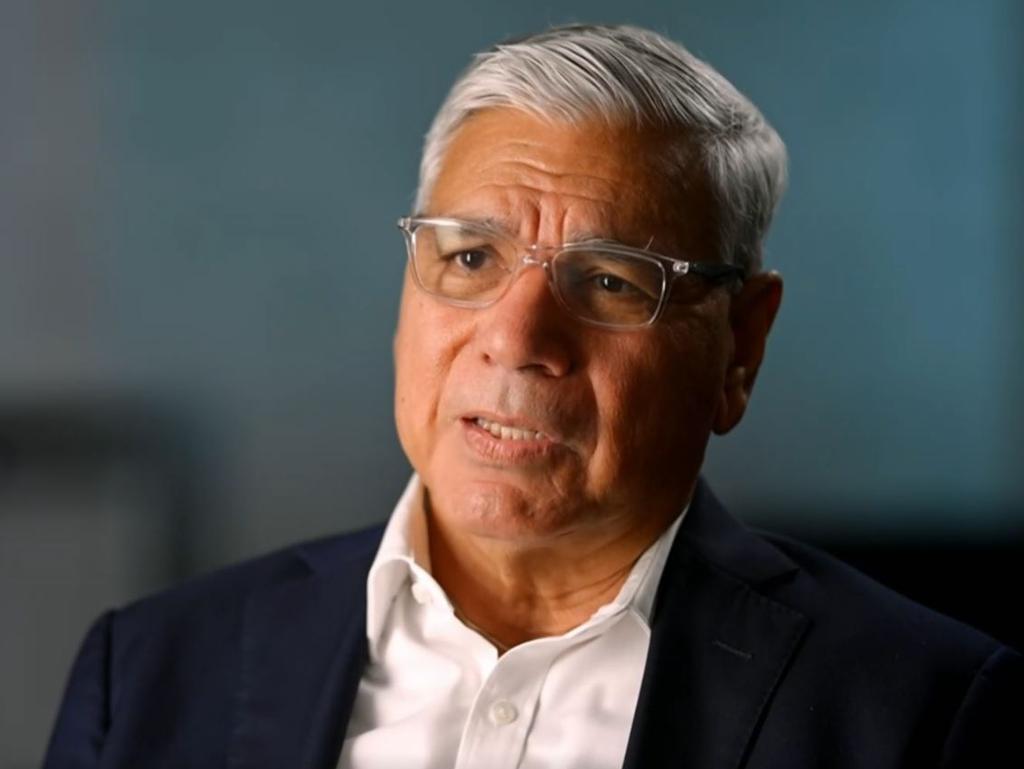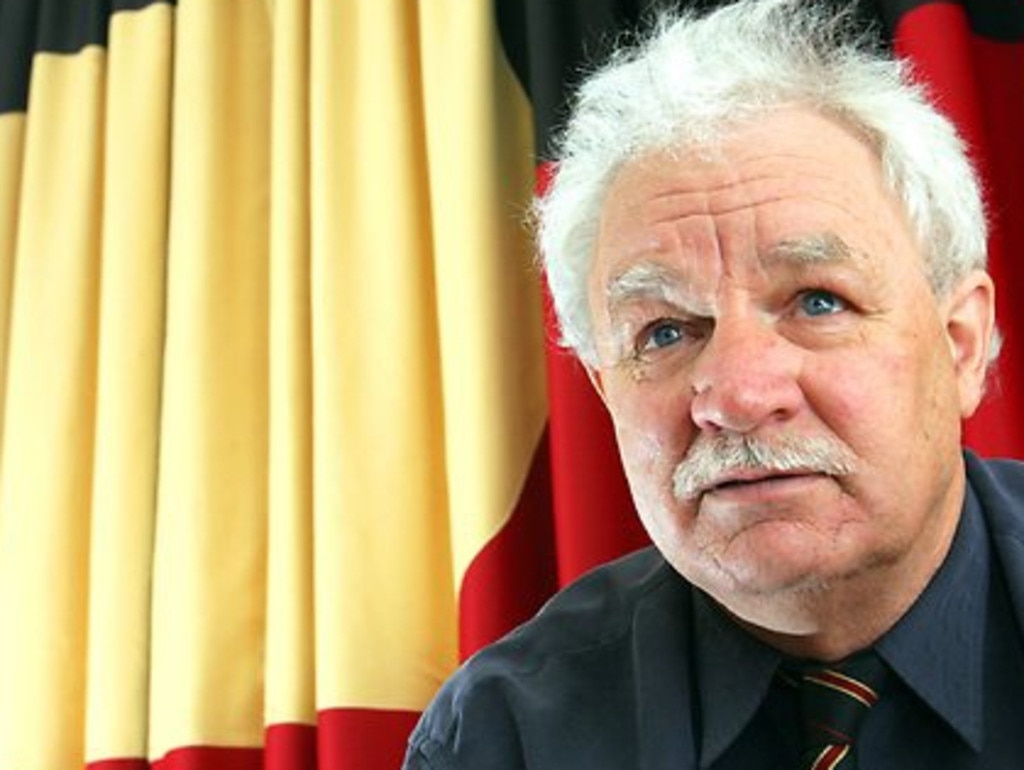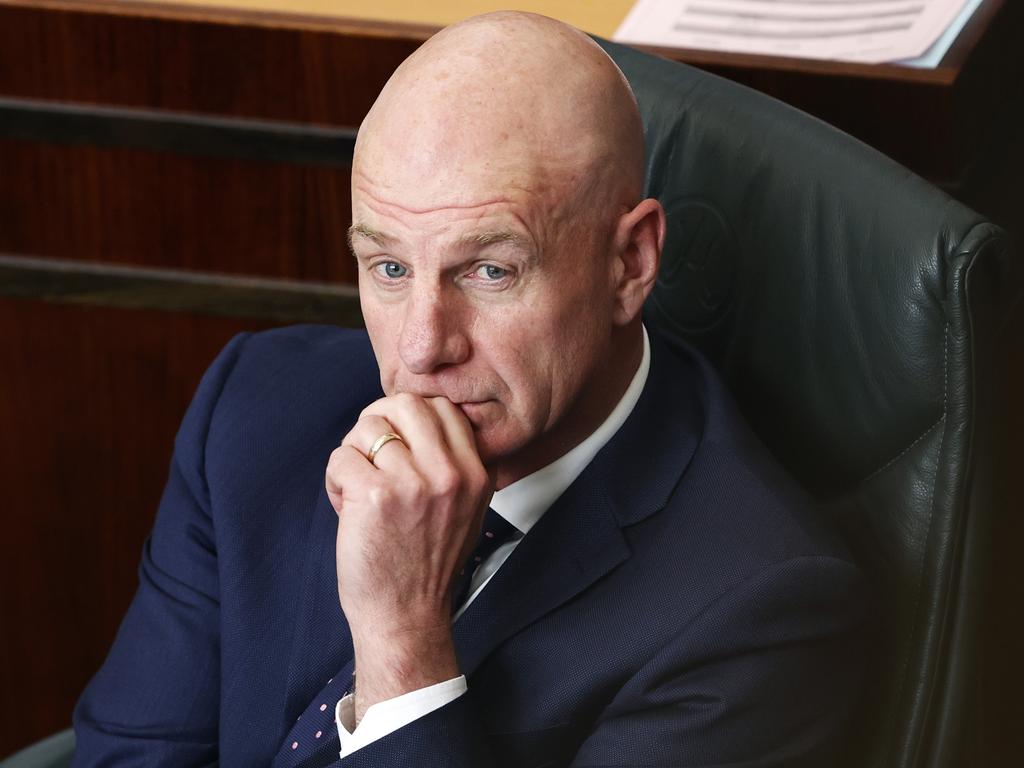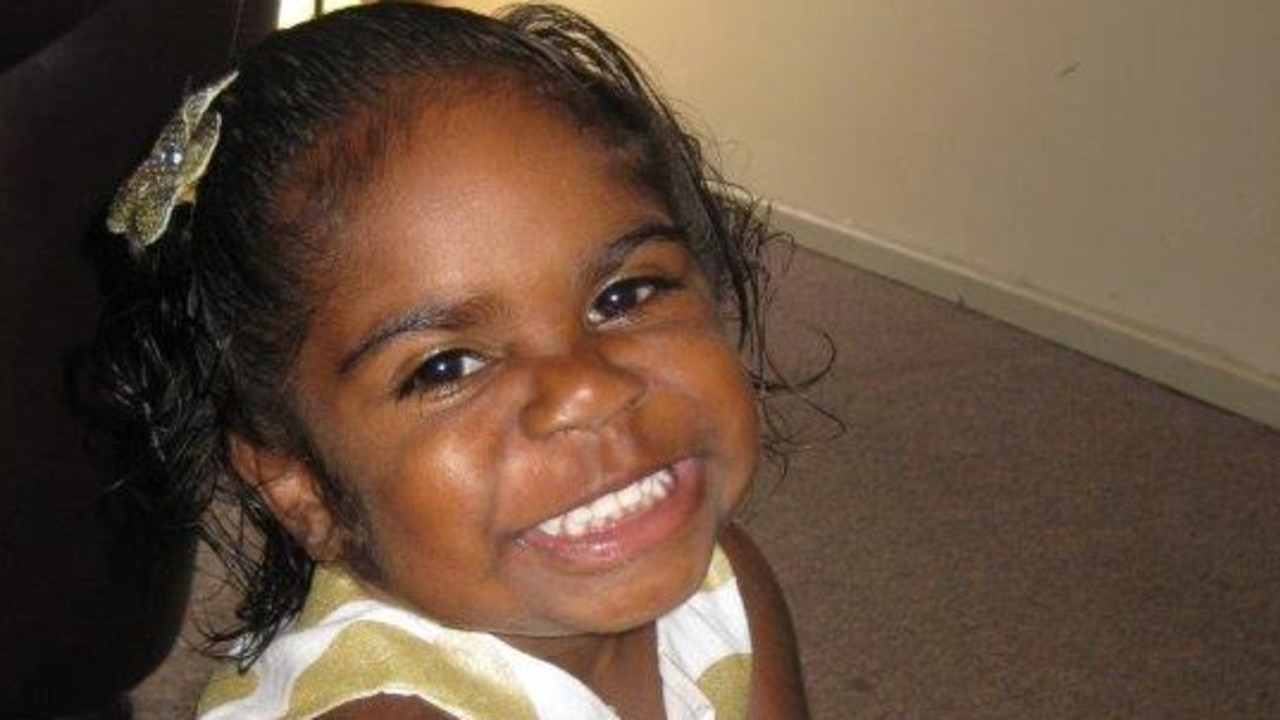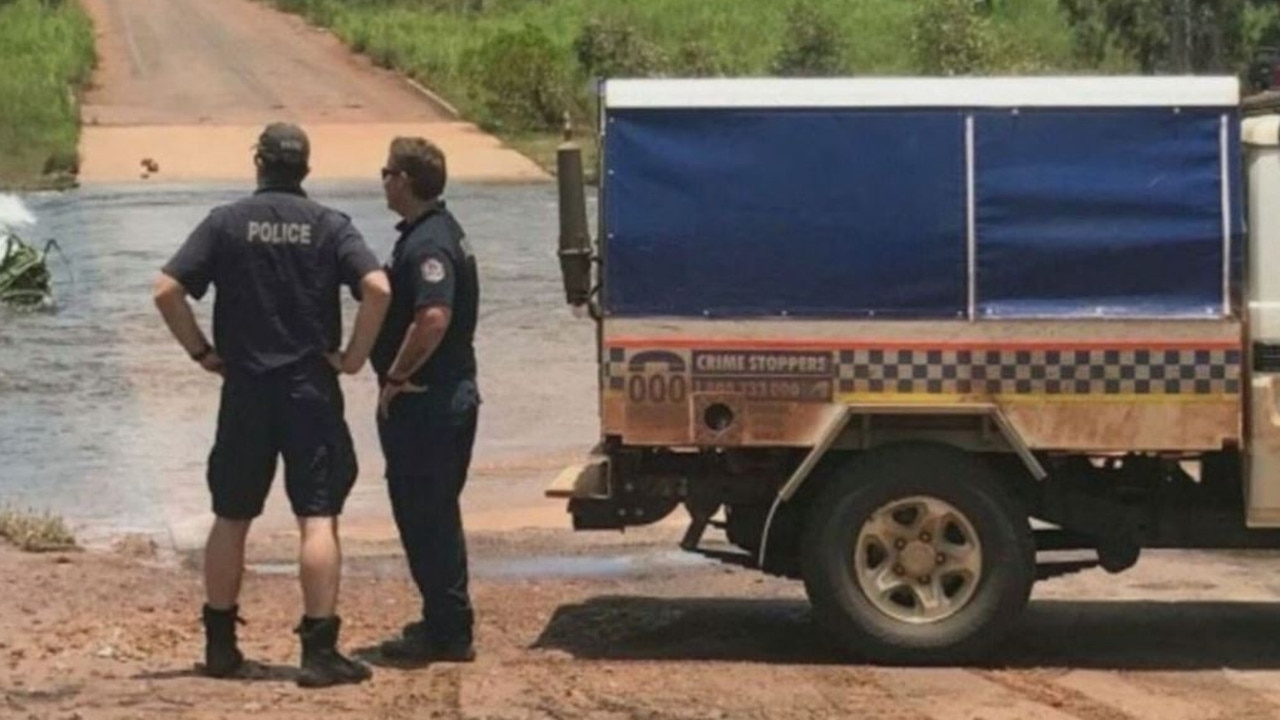Voice regional pitch fails to convince Indigenous No campaigners in key battleground of Tasmania
Backing by leading Indigenous Yes figures for strong regional representation on the voice failed to sway No leaders in Tasmania.
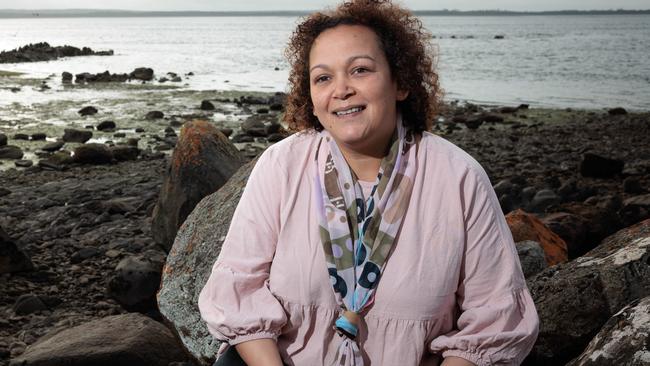
A pitch by leading Indigenous Yes figures spruiking strong regional representation on the voice to parliament has failed to win over No leaders in the key referendum battleground of Tasmania.
Voice architect Marcia Langton on Wednesday echoed comments by Noel Pearson that local and regional influence would be “critical” in the design of the proposed constitutionally enshrined Indigenous advisory body.
Professor Langton said the proposal in her voice design with Tom Calma was flexible and would accommodate the diversity of Indigenous communities.
“Each local and regional voice would comprise a broad range of Indigenous people, family groups, community organisations, and other stakeholders,” Professor Langton told the National Press Club in Canberra.
“There would be governance arrangements in each region. As part of this, there would be clear pathways and mechanisms for local communities and groups to participate in its work and enable local issues to be dealt with at the local level.
“These arrangements would be designed and led by communities according to local context, history, and culture in a way that is consistent with the principles of self-determination … Different regions have different priorities.”
However, there was a sceptical or hostile response from Indigenous bodies in Tasmania whose opposition to the voice is hampering the Yes campaign.
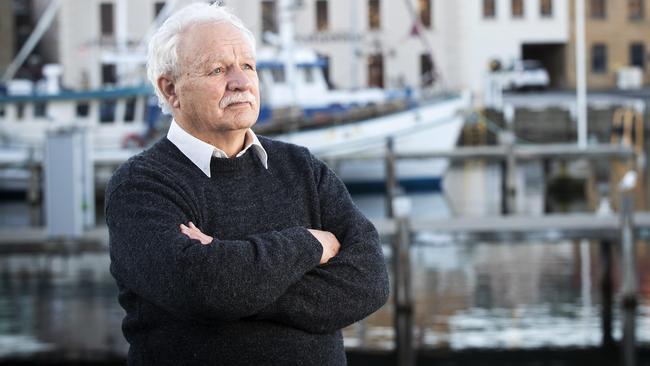
There are fears the Tom Calma-Marcia Langton model of just two national voice representatives for Tasmania will see some communities disenfranchised.
Aboriginal Land Council of Tasmania chairman Michael Mansell, who champions Aboriginal Senate seats instead of a voice, said talk of bolstering regional influence on the voice was “much ado about nothing”.
“If the advisory body cannot be effective – it merely comments – what difference does it make who is represented on it?” Mr Mansell told The Australian. “Pearson and the Yes campaign have become myopic and oblivious to any other possibilities other than winning at all costs.
“Time and again experts have pointed out that the disadvantage Aboriginal people suffer is a product of over 200 years of domination, and until that domination is removed, disadvantage will always remain. The voice model endorses that domination.”
The Circular Head Aboriginal Corporation, often at loggerheads with the land council and others over issues surrounding Aboriginality, was also unpersuaded.
CHAC chairwoman Selina Maguire-Colgrave said the provision of detail such as the number of voice representatives and voting methods and eligibility might “mitigate some of our concerns”.
“But none of these would help to reassure our primary concern around the issues of Aboriginality and identity specific to Tasmania and how that’ll play a major part in what the voice could look like,” Mrs Maguire-Colgrave told The Australian.
“The reality for many or most Aboriginal people in Circular Head is that they are not recognised as Aboriginal people, like on the state electoral roll, and what’s more, their Aboriginality is routinely questioned and scrutinised in public forums.
“We are not confident that even if there were more representatives committed to a national voice for Tasmania that we would have a representative from northwest Tasmania.”
Mr Pearson told The Australian’s first Great Voice Debate on Tuesday night there was need for “voices at the local level”. “Conservatives are right about that – we need local and regional voices,” Mr Pearson said. “That’s the important place where deals, between government and local communities, are made about practical matters relating to health and education, and housing and infrastructure.”

